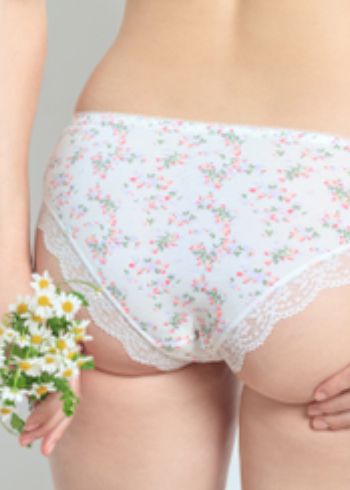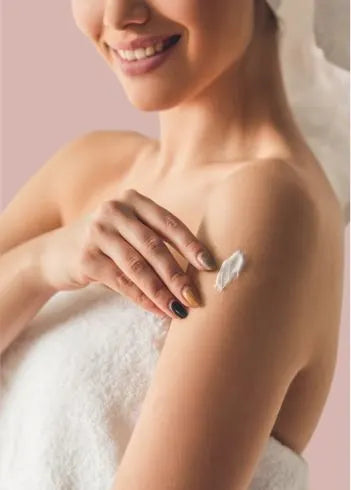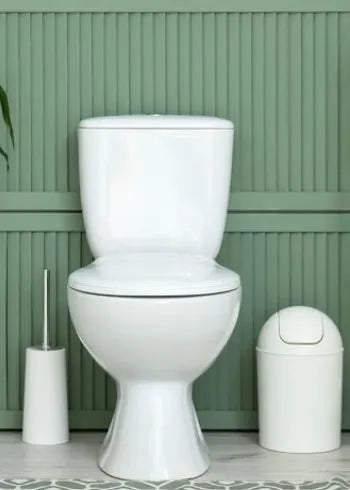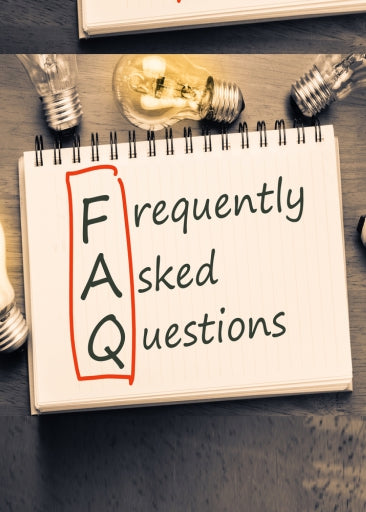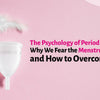Menstrual Cups Make Your Period Easier. Why Aren’t They More Popular?

Menstruation or periods- a purely biological event in people with menstrual cycles has been the target of socio-cultural taboo since age immemorial. In India, the lack of knowledge, awareness, and outreach in various strata of the society has contributed to period stigma and shaming around period blood.
Bell-shaped period containers or menstrual cups which collect period blood in their receptacle were initially designed as a ‘leak-free alternative to sanitary napkins and tampons. But the long-neglected discourse around menstrual hygiene has been an impediment to the mainstreaming of the product, also the reason why a considerable section remains sceptical of its use to date.
Cramps, rashes and discomfort are not unusual during periods and may last for painfully long sometimes even after your cycle. The tendency to cope up with and normalize period irritability has averted the possibility of experiencing ease and relief during your mens.
An antidote was needed to counter that mindset. According to a report published in the Lancet, most studies recorded that the use of menstrual cups had no adverse effect on the vaginal flora which means that pH balance remained unaffected even after its insertion. Menstrual cups as a product showed promise in abetting the effects of distressing period days. Then why the hesitation around it prevails even now. Here’s a throwback on how menstruation came to be a target of stigma and misconception in the yesteryears:
Period Talk as it shaped over the years The discourse around menstruating women have undergone tropes of bigotry and misogyny. Some of these theories are male-propounded and found their roots in ancient Greece were the philosophers interpreted periods as obscene acts and to be viewed in an unfavourable light. From propagating misinformation to making ridiculous inferences on the cause and effect of menstruation, the list is long.
- ErieoriesIn Greek text ‘Aphorisms’ by Hippocrates, Excessive Menses or losing out on ounces of blood was considered normal whereas the contrary i.e. the lack of or less blood loss was thought to lead to diseases. lead to diseases and when it stops, the uterus becomes prone to diseases.
- Hippocrates further believed that the odour was due to “fermented” blood. He added menstruation is a way of cleansing for women just like sweating is for men.
According to Aristotle, the menstrual blood was excess that did not get incorporated into the fetus.He even viewed menstruation as an outward sign of female inferiority.
The notion that period blood was rejected body fluids or contained toxins still prevails which birthed social stigmas and taboos around the process of menstruation and explains the lack of record of effective menstrual management when most cultures vilified the process altogether.
Social Stigmas and Taboos In India
There is a deafening silence around menstruation in India. A study conducted by Nielson in 2010 finds that only 12% of almost 350 million women in India use sanitary napkins while the rest manage with clothes, newspapers and other unhygienic methods which gives rise to myriad health issues. An even more alarming statistics suggest that almost 23% of Indian girls drop out of school on hitting puberty due to the lack of proper hygiene measures and accessibility of menstrual products.
The shame is so deep-rooted that the mere mention of periods or the sight of a bloodstain at the back of a dress draws flak to women across class or status. This also hinders the prospect of having open conversations regarding period safety and ways periods can be made easier.
Here are a few social stigmas around periods that permeate Indian society:
- Periods make women impure.
- Women on periods can contaminate food or water.
- Showering during these days is considered unsafe and could potentially make them infertile due to excessive bleeding or lack of it.
- Menstruation is considered an illness compelling women to take sick leaves. Women are forbidden entry to holy sites like temples or mosques and even inside their own kitchen when they are on their periods as it is seen as ‘polluting’ the premise. s.
- Women are discouraged to indulge in sexual activity or have intercourse with their partners while menstruating as it is said to thin the chance of pregnancy.
- Hide away pads and tampons especially from the male gaze be hush-hush about them.
Most young girls in India between the age group 15 and 24 years learn about menstruation from their mothers only after experiencing their first period. On the other hand, sex education and hygiene training are skipped from the syllabus in many schools which keep many in the dark about the subject as in the case of boys, they are deprived of a formal explanation about the subject as late as their adulthood.
What also remains unspoken is the fact that there are better alternatives to pads and tampons that can offer optimum comfort to those menstruating.
Why are Menstrual cups not Popular?
In a society ridden with menstrual stigma, it was obvious that the acceptance of menstrual cups is still a far cry. Let’s in a nutshell, point out the possible reasons behind the hesitation around menstrual cups till date:
- Menstrual Cups are too Intimate
Many avoid menstrual cups because of the method of use which involves inserting the cup firmly inside the vagina- a task many women fail to perfect especially if they are yet to understand their own bodies. This builds up confusion regarding the right way to avail its benefits.
- Fear of disease and infections
The idea that a distinct, tangible object needs to be shoved up the vagina is an integral reason why women are apprehend menstrual cups. They fear synthetic material like rubber can
cause infections and diseases when used for long hours. In reality, a menstrual cup made from medical-grade silicone is smooth to insert and comes without any side effects. Moreover, it also prevents external bacterial infestation.
- Menstrual cups t affect your virginity
- A common belief among especially teengers is that inserting a menstrual cup leads to the rupture of the hymen which scrapes their ‘virgin’ status.
- Whereas a menstrual cup is made of a flexible material and comes in different sizes for various body types and fits seamlessly inside the vagina, leaving the hymen whole and unsevered. It is Messy
The idea of inserting and adjusting menstrual cups while being on periods grosses out many women. It is true, menstrual cups might be messy in the beginning but once the process is mastered, it’s good to go. Though the skepticism around intravaginal devices persists still, menstrual cups are gradually evolving as an acceptable means for safe periods which can hopefully account for its rising popularity in the coming days.
- Posted in TIPS FOR BEGINNERS


